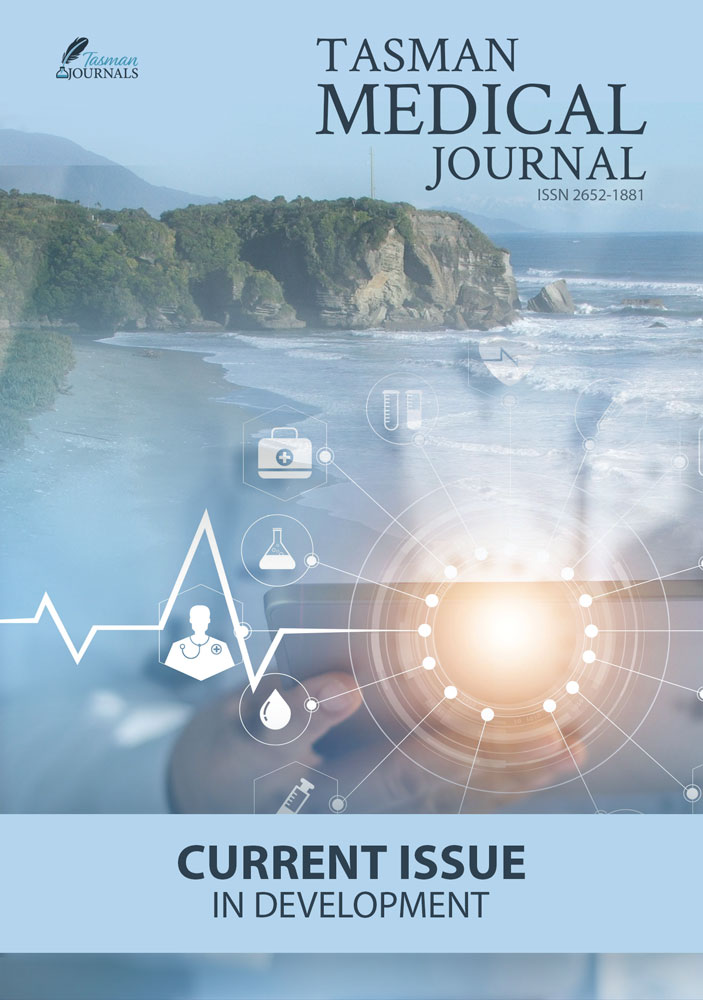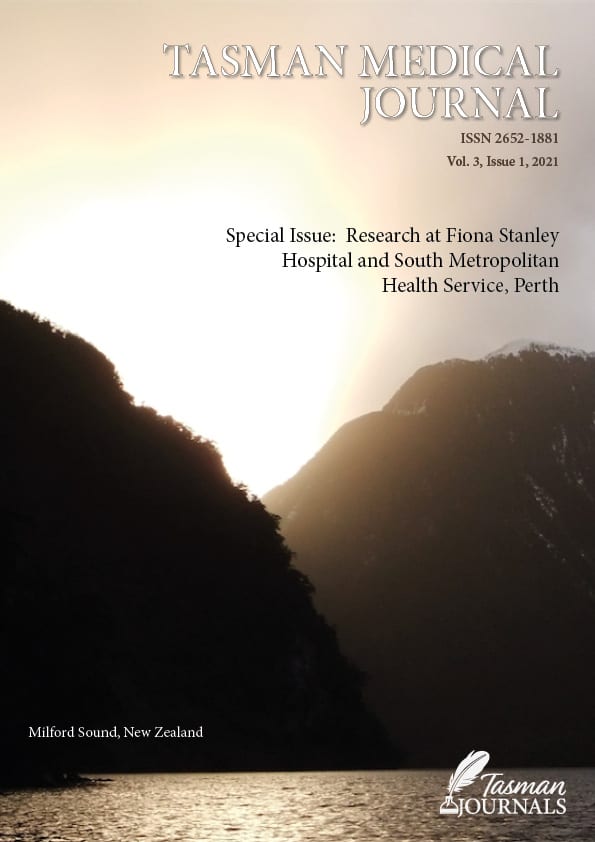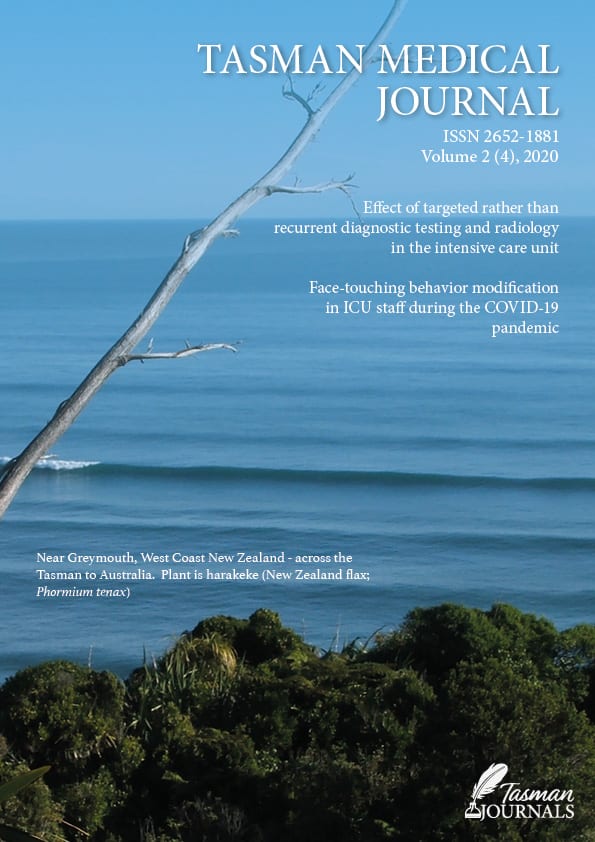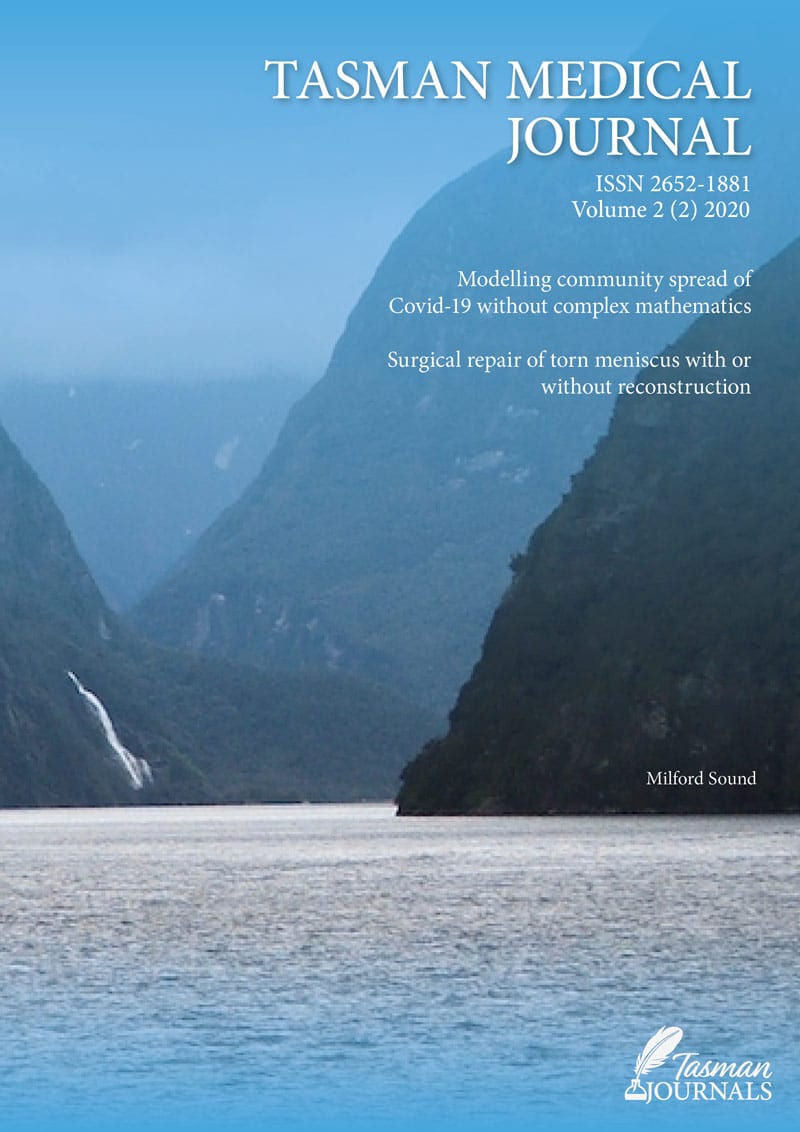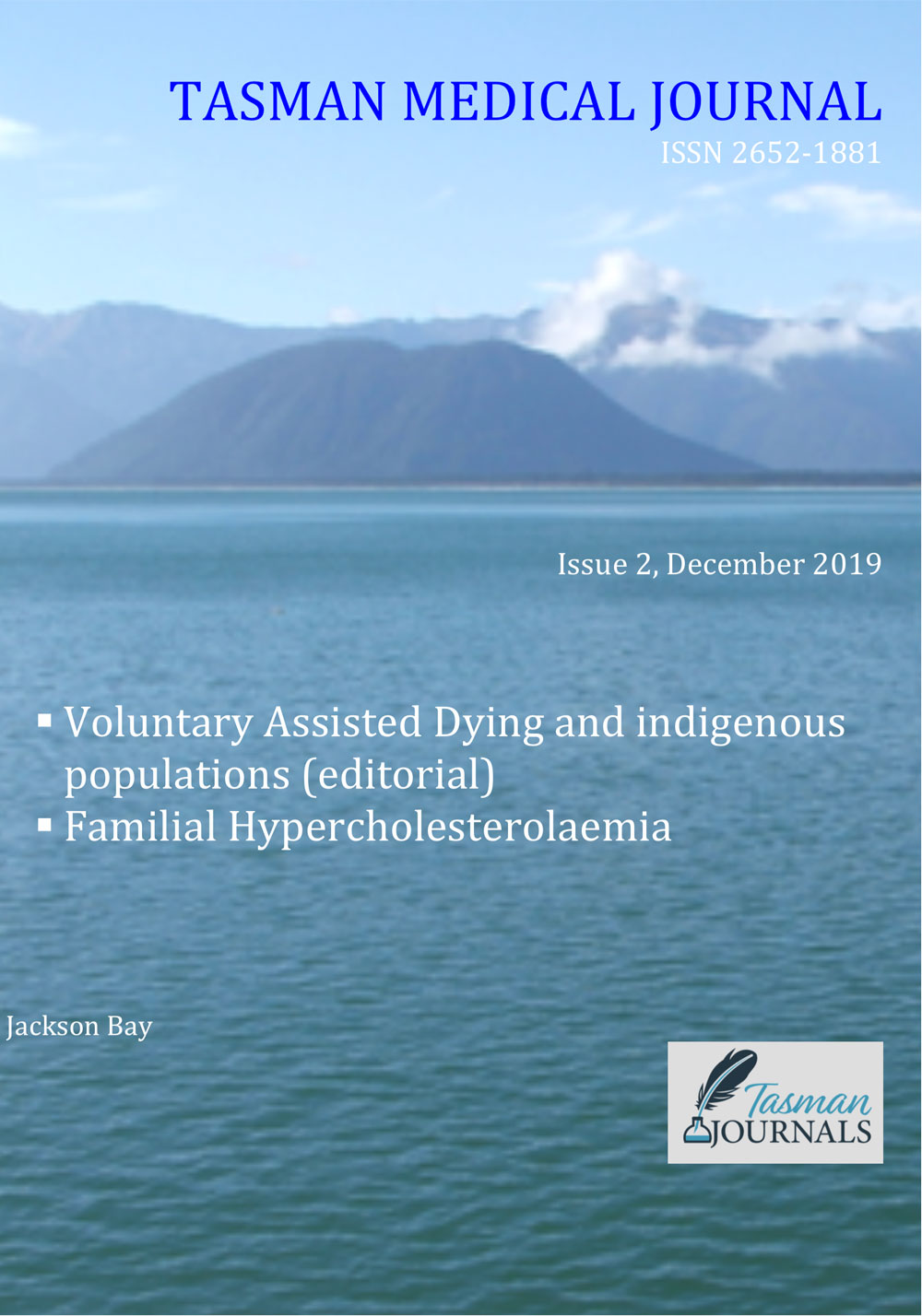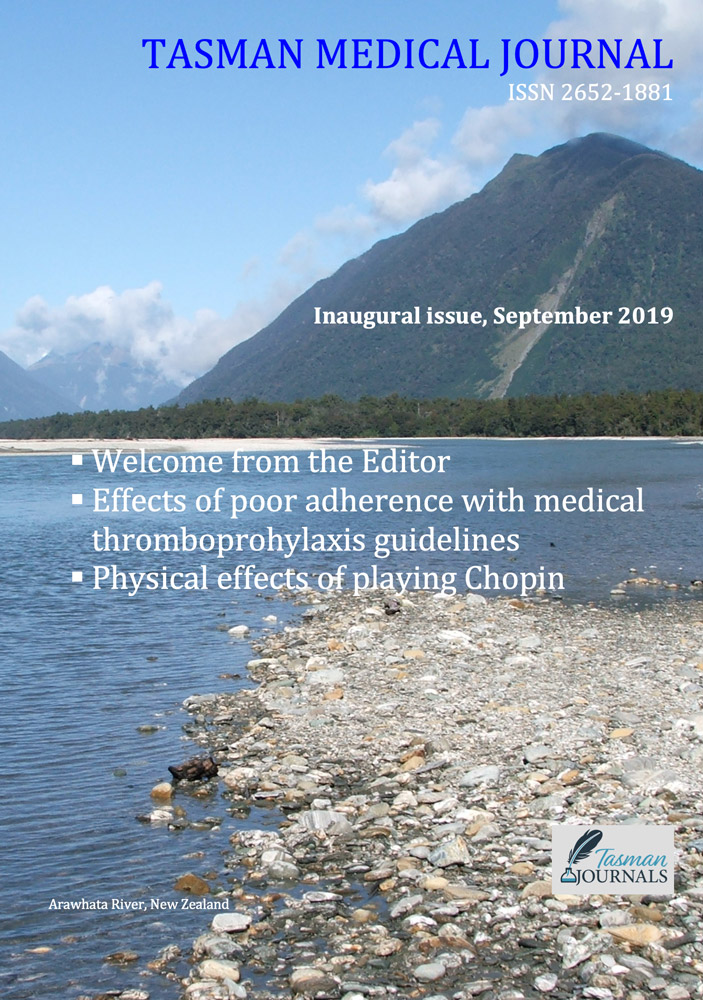Familial hypercholesterolaemia: a common cause of premature coronary disease in the community and a paradigm for the practice of precision medicine
Familial hypercholesterolemia (FH) is an autosomal dominant dyslipidemia with an estimated worldwide prevalence of 1 in 250. It is characterised by elevation of low-density lipoprotein cholesterol from birth. If untreated, FH confers a significant risk for premature cardiovascular disease.


